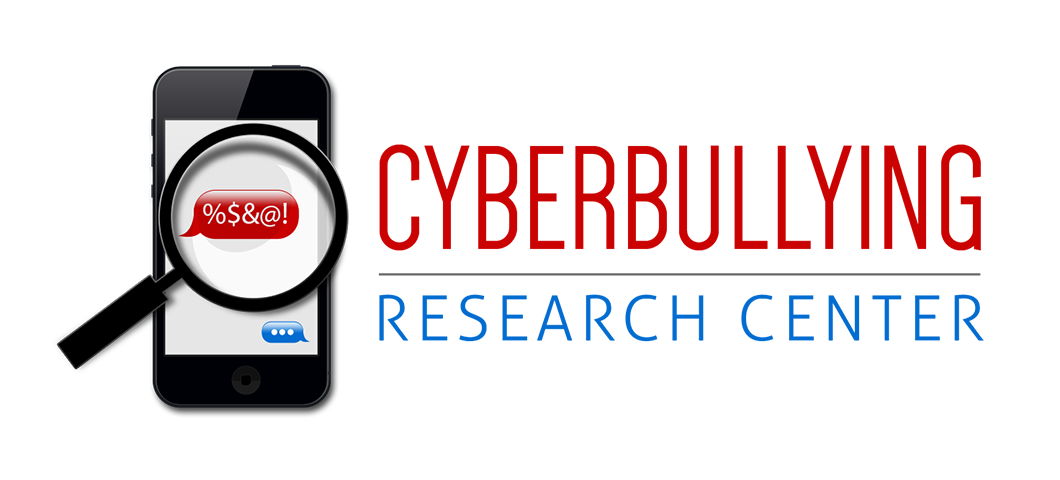
Sameer and I are just putting the finishing touches on a paper that examines the social networking behaviors of adolescents who are on MySpace. For the past five years, we have annually taken random samples of MySpace profiles and analyzed them for content to ascertain any changes in adolescent participation and information sharing on the site. We have published two papers reporting results from this research, and are poised to submit another to an academic outlet in the next week or so.
Because it takes SOOO long for academic research to make it into print, we have decided to post some preliminary results here. This most recent paper compares a random sample of over 9200 profiles reviewed in 2006 with a random sample of around the same number reviewed in late 2009 – three years of dramatic changes in the landscape of online social networking. Most of what this research has uncovered is not altogether surprising; it basically supports what most who follow adolescent use of these interactive platforms already know.
First and foremost, teens (and many others) are simply abandoning MySpace. In 2006, 6.4% of the profiles sampled had been abandoned or deleted. In 2009, that number was 35.5%. In 2006, over 40% of the profiles were ‘active’ – meaning accessed within the previous 7 days. In 2009, that number dropped to about 18%. Finally, about 60% of the teen profiles sampled had not been logged onto in over a year. In our opinion, this trend is unfortunate because MySpace has been an industry leader in promoting safety and responsibility on its site—contrary to the opinion of many parents and most state attorneys general.
When looking at adolescent participation on MySpace in more detail, the initial findings are telling. Significantly more teens now set their profile to private (39% in 2006; 82% in 2009). Briefly, significantly fewer teens now have public profiles which: 1) reveal pictures of friends in their swimsuit or underwear; 2) contain swear words; 3) include evidence of participation in adult-oriented behaviors such as tobacco, alcohol, or marijuana use; or, 4) report information about which school they attend. In general, the results suggest that teens are being increasingly more selective and discrete about what they share and with whom they share it (at least on MySpace).
If you would like more information about this research, feel free to drop us a line and we would be happy to answer any questions you have. Stay tuned to this blog as we will post the final paper when it is ready for distribution. The earlier papers from this study, which appear in the Journal of Adolescence and the most recent issue of New Media and Society, are available. If you have any trouble finding them, just email us and we can send a copy your way.








My space is a popular site that has many users and visitors every day. The maker Tom sure knew what would draw up enough peoples’ attention and also make him some money. People from all over know about MySpace and may also be a user or know someone who does use it. Good people use the site along with the bad ones, this is more of a reason people should think more into what should and shouldn’t be allowed on their page. It’s estimated that at least one quarter of the 230 million accounts are under the ages of 18. Prowlers are addicted to these types of sites, it has all the information they are looking for. Because people especially teenagers treats there blogs like diaries and put more than enough information. Sometimes information that doesn’t need to be for others eyes, because it could also be flipped and used against you. Full descriptions of themselves are also included because they still don’t think any harm can be done. Prowlers look at these things and if you don’t agree to meet up with them, if enough information is given they can come looking for you. Now what will you do? The kids in today’s world feel they should let out all their business to whoever wants to read it. Founded by T. Anderson and C. DeWolfe in July of 2003, was a site that quickly gained popularity among musicians looking to promote their music. Fans were allowed to create pages that represented themselves along with the availability to visit others. Soon as it continued to grow it became a one stop shop. Popularity rose from 500,000 in early 2004 to 9 million in early 2005, 40 million in Nov. 2005, 150 million in Feb. 2007, and 212 million in Dec. 2007. Basically 230,000 new accounts each day that passed. Growth was due to all of the media attention, even though it was all negative.